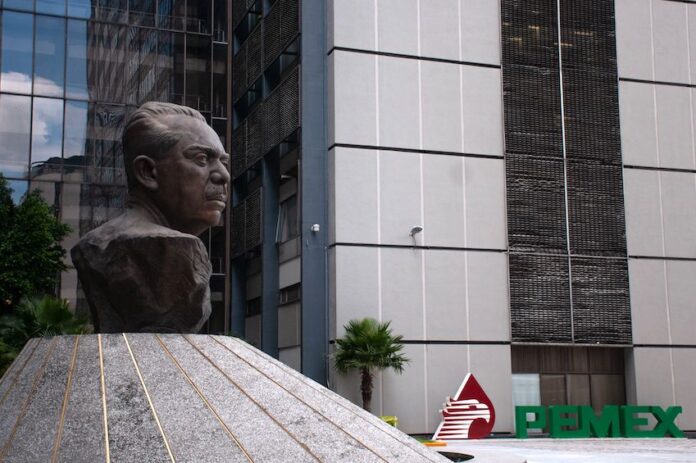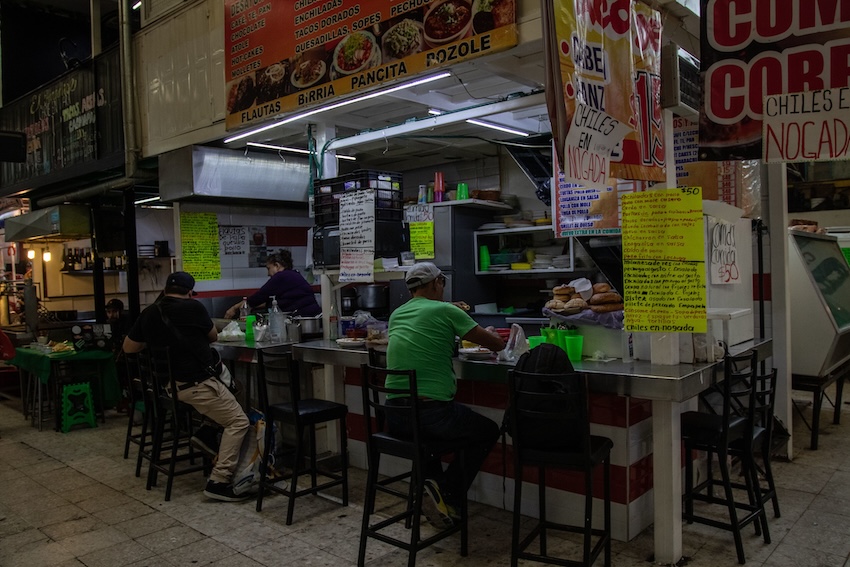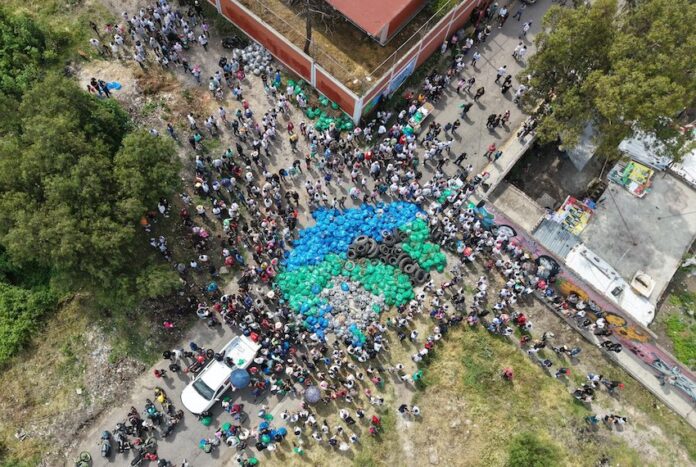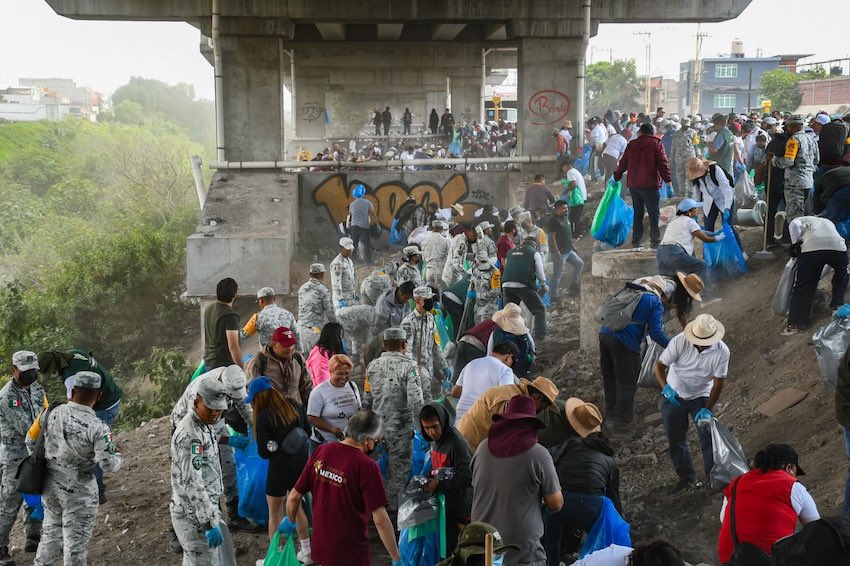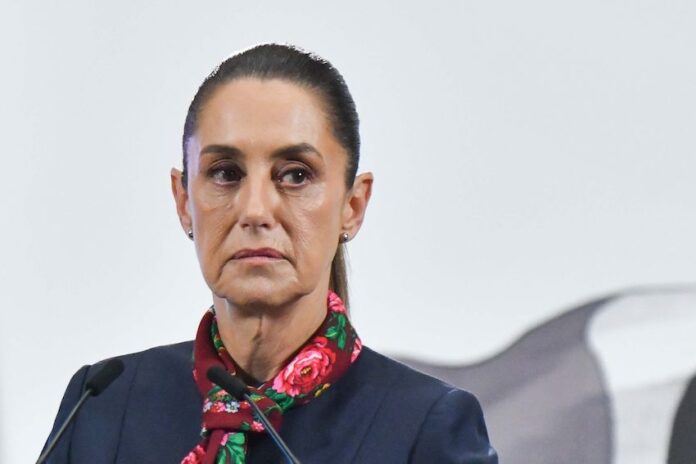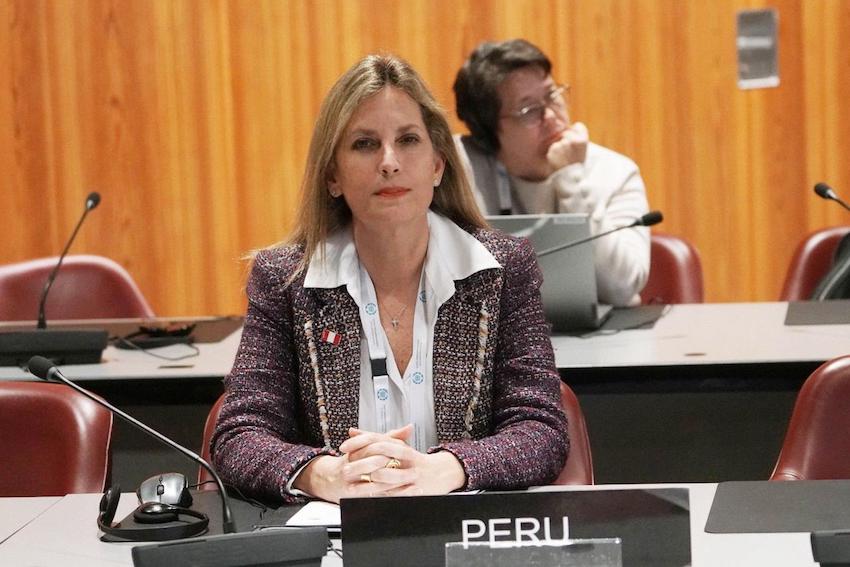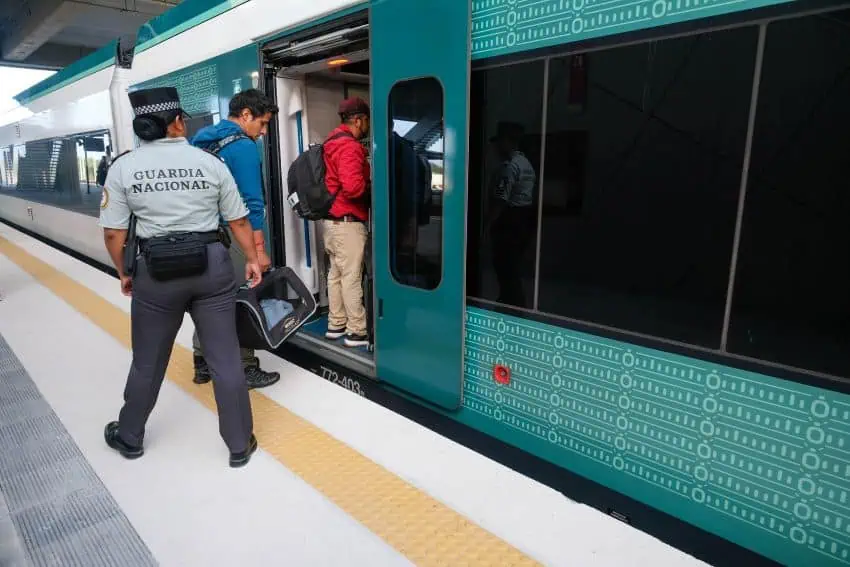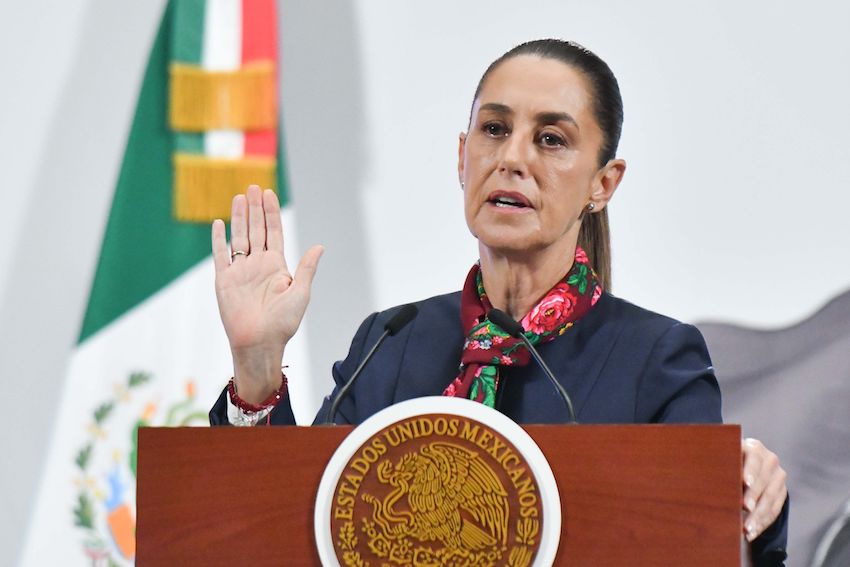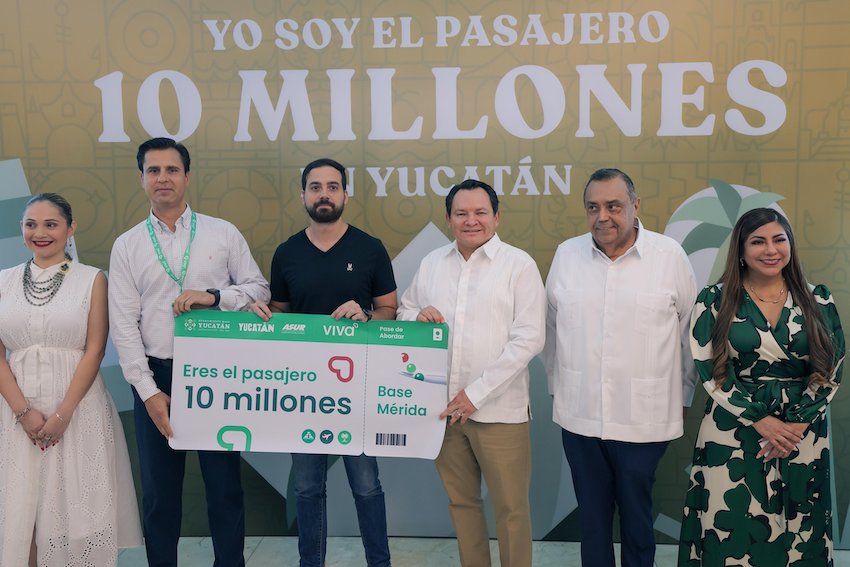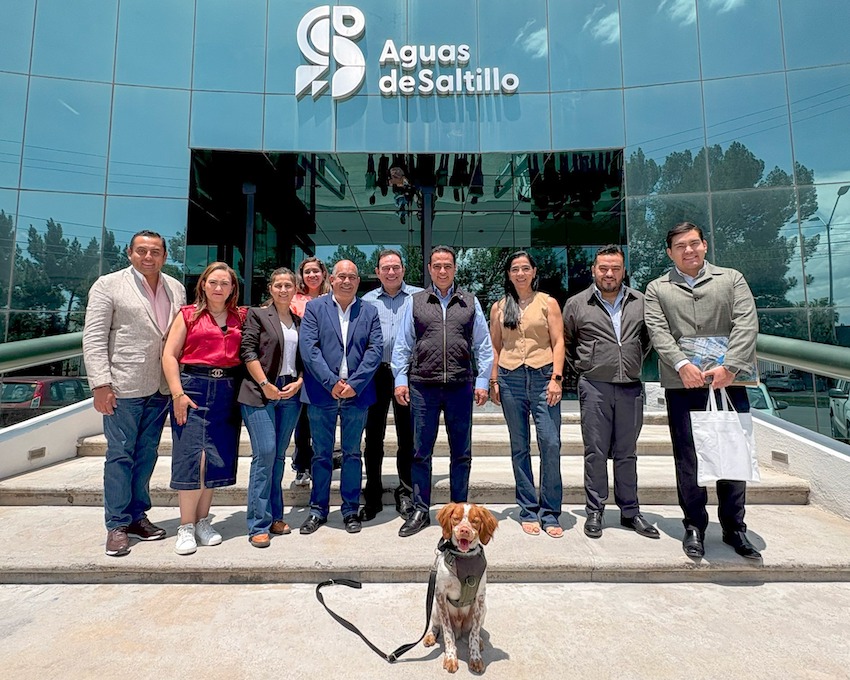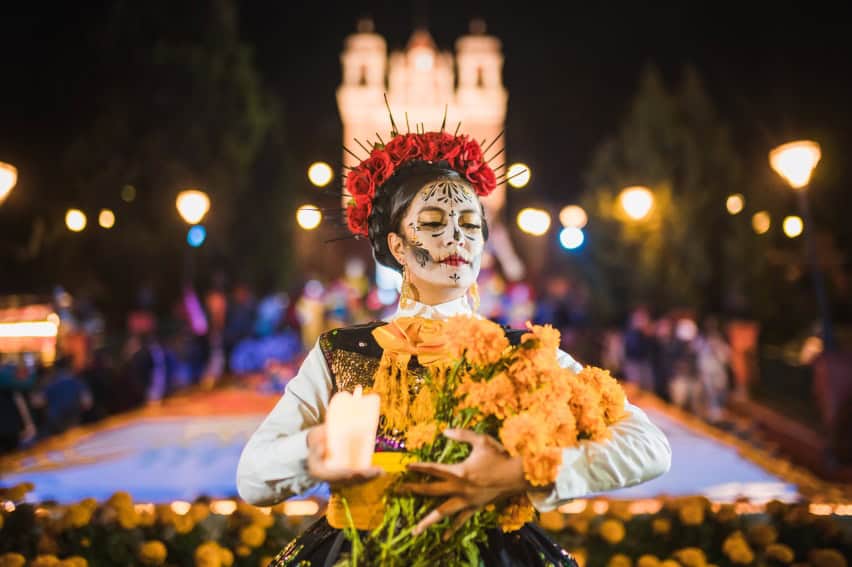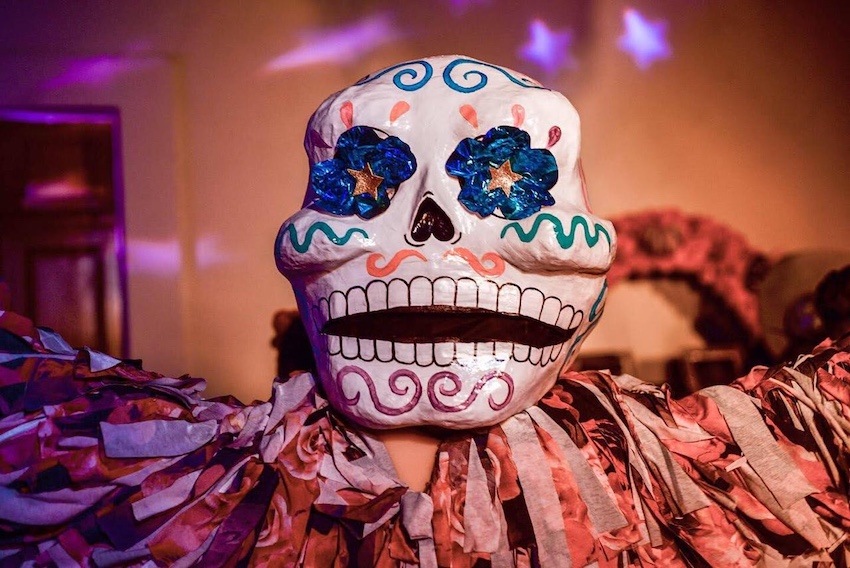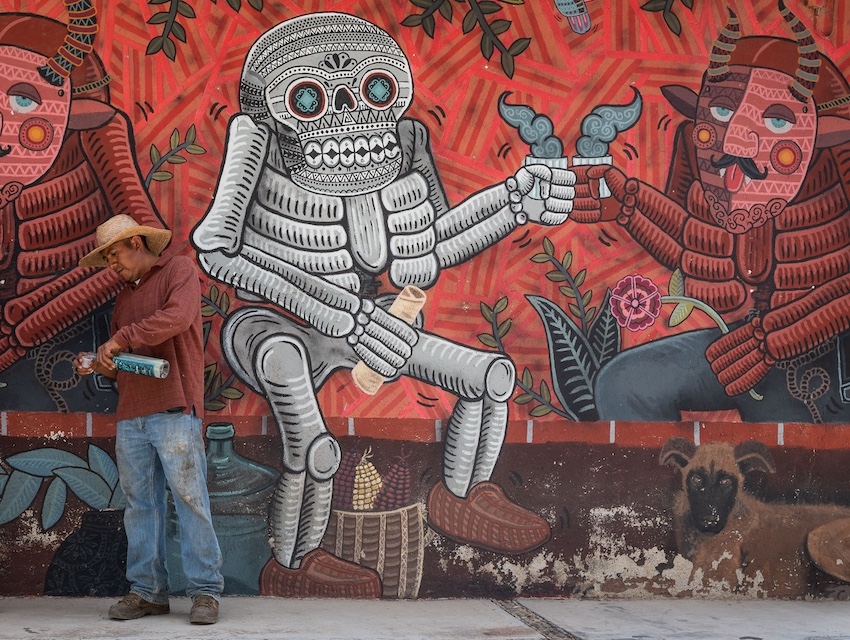President Claudia Sheinbaum’s Tuesday morning press conference began with a video link to Nuevo León, where the federal transport minister and other officials were inaugurating construction of a new railroad between Saltillo, Coahuila, and Nuevo Laredo, Tamaulipas.
The president subsequently ceded the floor to security officials, who presented the latest data on murders, arrests, drug seizures and firearm confiscations.
Homicides down 32% in August compared to final month of AMLO’s presidency
Marcela Figueroa Franco, head of the National Public Security System, reported that there was an average of 59.2 homicides per day across Mexico in August.
She highlighted that the figure represents a 32% decrease compared to September 2024, the final month of the presidency of Andrés Manuel López Obrador.
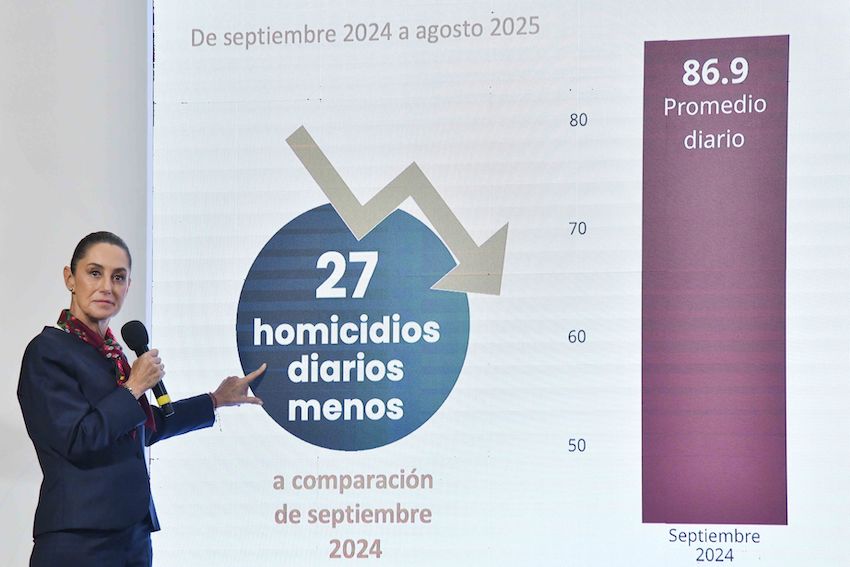
The data for August is preliminary, and such data is usually revised upward.
Figueroa noted that there were 27 fewer homicides per day on average in August compared to September 2024. She also said that the number of murders reported last month was the lowest total for any August in the past 10 years.
Among Mexico’s 32 federal entities, Zacatecas recorded the largest reduction in homicides between September 2024 and August 2025. Murders decreased 82.9% in Zacatecas, while San Luis Potosí and Quintana Roo recorded reductions of 71% and 67.7%, respectively.
Figueroa said that murders in 28 entities were lower in August than in September 2024.
Murders declined almost 25% in first 8 months of 2025
Figueroa also reported that there was an average of 68.4 homicides per day across Mexico in the first eight months of 2025.
The figure represents a decline of 24.7% compared to the average daily murder rate between January and December of 2024.
Over half of all murders this year were committed in just 7 states
Figueroa presented data that showed there were 16,612 murders in Mexico in the first eight months of 2025.
More than half of those homicides — 51.1% — were committed in the following seven states:
- Guanajuato: 1934 homicides (11.6% of the national total)
- Chihuahua: 1,207 homicides (7.3%)
- Baja California: 1,184 homicides (7.1%)
- Sinaloa: 1,182 homicides (7.1%)
- México state: 1,095 homicides (6.6%)
- Guerrero: 979 homicides (5.9%)
- Michoacán: 913 homicides (5.5%)
Rounding out the top 10 most violent states in terms of total homicides between January and August were Jalisco, Sonora and Morelos.
Mexico City recorded the 13th highest number of murders among Mexico’s 32 federal entities. There were 571 murders in the capital in the first eight months of the year, above the national average of 519 homicides per state.
Seven states recorded fewer than 100 homicides between January and August: Yucatán (18), Durango (40), Coahuila (52), Aguascalientes (74), Tlaxcala (82), Campeche (84) and Baja California Sur (96).
Homicides are trending down in Guanajuato
Although Guanajuato remained Mexico’s most violent state in terms of total homicides in the first eight months of the year, and in August, murder numbers are trending down.
Figueroa highlighted that the daily average number of murders in the Bajío region state in August — 5.58 — was 56.1% lower than the daily rate in February.
She said that murders began to trend down in Guanajuato after the arrest of various “generators of violence” in March.
Security minister: Crime cell arrests reduced Guanajuato homicides by 45%
Federal Security Minister Omar García Harfuch said in late March that nine people who were arrested were “members of a crime cell linked to a group dedicated to kidnapping, fuel theft, drug sales, armed attacks and principally homicides in the state of Guanajuato.”
The Santa Rosa de Lima crime organization has been engaged in a turf war with the Jalisco New Generation Cartel in Guanajuato in recent years. Much of the violence in the state is linked to that conflict.
More than 32,000 arrests for ‘high-impact’ crimes in 11 months
García Harfuch reported that “more than 32,400 people have been arrested for high-impact crimes” since the Sheinbaum administration took office on Oct. 1, 2024.
He also said that over 16,000 firearms and 245 tonnes of drugs have been seized in Mexico in the last 11 months.
In addition, the army and navy have dismantled 1,400 methamphetamine labs across 22 states, García Harfuch said.
Sheinbaum congratulates her security cabinet
After the security presentations, Sheinbaum called for the homicide data to be displayed once again.
“In August, 27 fewer people lost their lives [per day] due to homicide compared to September 2024,” she noted.
“Congratulations to the security cabinet and to everyone for their daily work. This reduction is very significant,” Sheinbaum said.
Headed up by the president, the security cabinet includes officials from the Security Ministry, the Interior Ministry, the Federal Attorney General’s Office, the army, the navy and the National Guard.
Sheinbaum has attributed the decline in homicides achieved during her administration to the implementation of a new security strategy, which is based on four key pillars including the consolidation of the National Guard and the strengthening of intelligence gathering.
By Mexico News Daily chief staff writer Peter Davies ([email protected])

